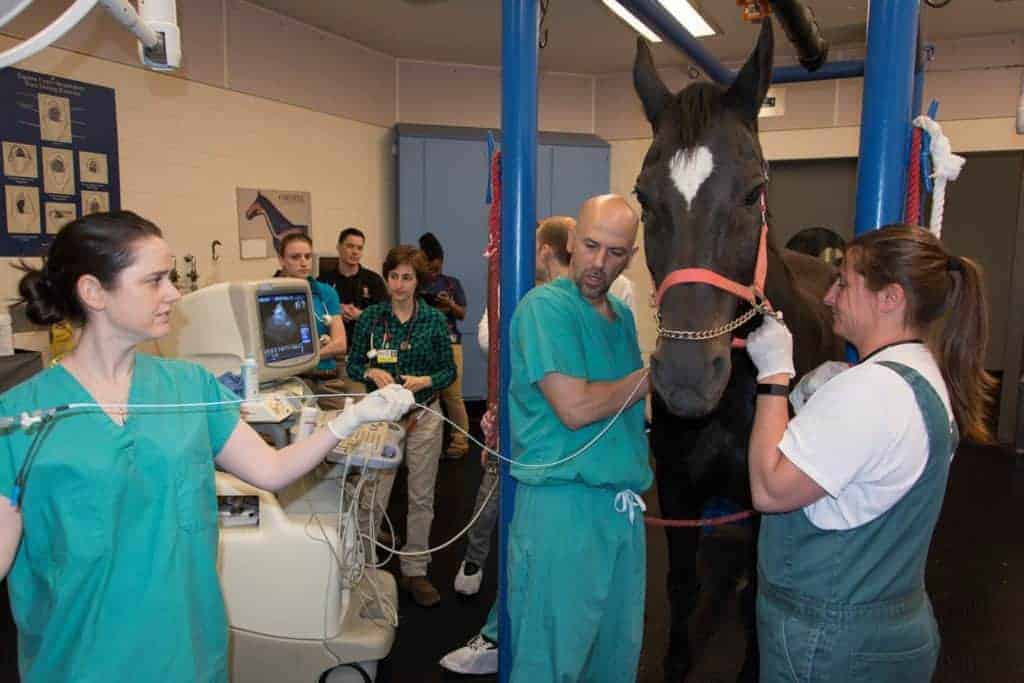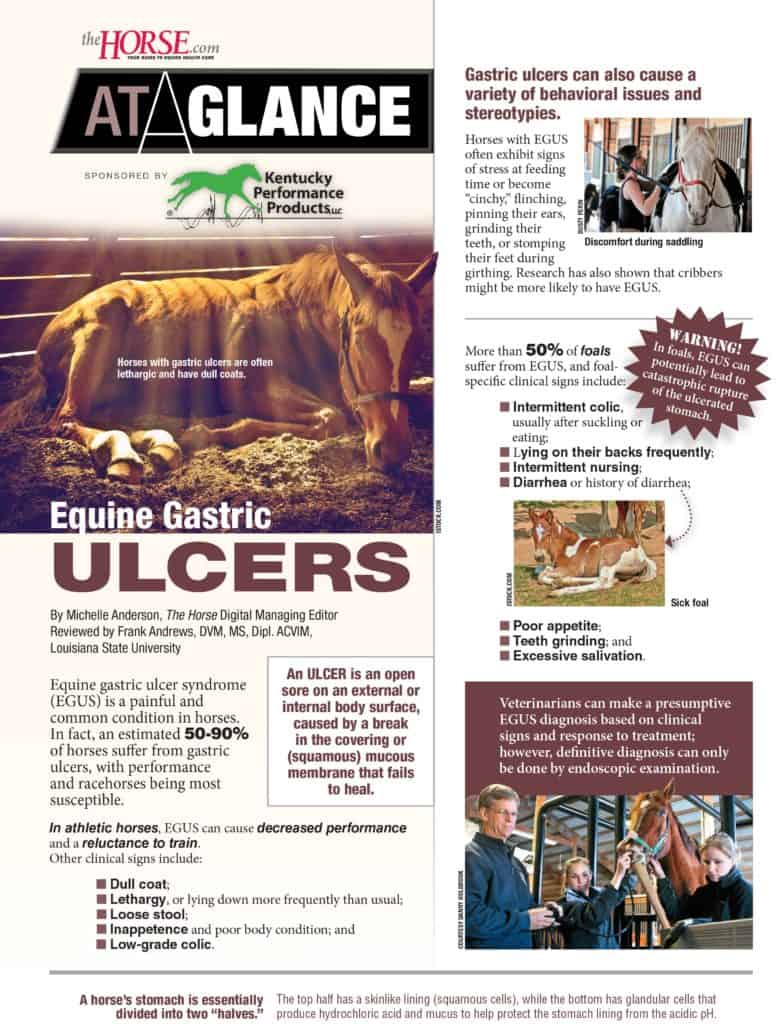
Chronic Colic in Horses
Chronic colic in horses presents a unique challenge and creates a diagnostic puzzle for veterinarians to piece together. Here’s how they approach it.

Chronic colic in horses presents a unique challenge and creates a diagnostic puzzle for veterinarians to piece together. Here’s how they approach it.

Quantitative information provides better data for determining treatment and prognosis, researchers said.
Tweets and take-homes from Saturday’s educational sessions on equine dentistry, ultrasound, hoof care, and more.
Tweets and take-homes from Day 1 educational sessions at the 2017 British Equine Veterinary Association Congress.

When other atrial fibrillation treatments fail transvenous electrical cardioversion could restore a normal heartbeat.
Lecture topics will include anesthesia, eye emergencies, sports medicine, biosecurity, foaling problems, and more.

Eight veterinarian students from Lincoln Memorial University (LMU), in Harrogate, Tennessee, spent their summer collaborating with researchers in the University of Kentucky (UK) Department of

Learn about the signs, diagnosis, and management of repetitive stress-related fetlock injuries in racehorses.

Find out how veterinarians diagnose this highly contagious disease in both acute cases and long-term carrier horses.

Of the 359 respondents, 101 (28%) said their hoof care professionals use radiographs to make trimming/shoeing decisions.

Equine gastric ulcer syndrome (EGUS) is a painful and common condition in horses. Download this free guide to learn more!
The new test takes just four hours to complete. Previous tests took up to two weeks.

Performing a CT scan on a horse used to take nearly a dozen technicians, but the new table simplifies the process.

Follow Tess, a 16-year-old mare, step-by-step as she rehabs from a bought of PPID-related laminitis.

Researchers concluded that MRI can effectively show pituitary gland and pars intermedia size, as well as small details not readily visible on CT scans.

Obtaining an accurate diagnosis is key to managing pituitary pars intermedia dysfunction. Here are the pros and cons of PPID tests, old and new.
Stay on top of the most recent Horse Health news with
"*" indicates required fields